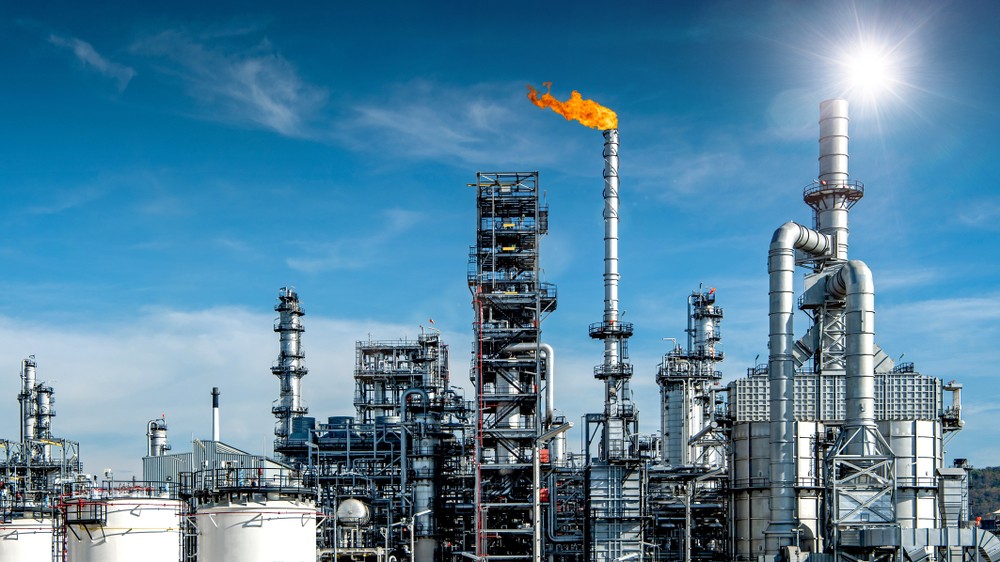Natural gas storage - Frequently asked questions

Today, underground storage of natural gas is used to meet market gas requirements and to manage production facilities flexibly, always having strategic reserves available to counter special crises.
The supply of natural gas from abroad is 90 per cent of that used in Italy, and during the summer season reservoirs are filled, while in the winter months gas is fed into the national grid. As of today, natural gas storage facilities store approximately 14 million cubic metres of gas.
Where does gas get stored?
Natural gas storage and warehousing takes place in reservoirs, underground geological structures suitable for storing gas. These are porous and permeable rock systems in which the presence of gas is guaranteed and from which the substance can easily be extracted. In other words, a veritable sponge holds and releases gas as required.
Natural gas storage generally takes place in sandy deposits exploited for mineral extraction and located at a depth of 1300-2000 metres. It is characterised by the presence of reservoir rocks, which contain the gas, and cap rocks, which prevent gas from leaking upwards.
The reservoir rock must be porous and permeable while the cap rock is made of clay, an impermeable material that prevents the migration of gas to the surface.
The history of natural gas storage
The history of natural gas storage began in 1915 in Canada, where the first underground facility was built, and continued in 1916 in the United States. Since then, this technique has been used worldwide and today gas storage is an established technology, with 600 sites, 70% of which are in the USA and the rest in Europe.
The first Italian storage facility was built in 1964 at Cortemaggiore in Emilia Romagna and today 10 sites are in operation, while 3 are under construction.
What happens to gas stored underground?
Once the gas is stored deep underground, it remains in the interstices of the reservoir rock due to the presence of an impermeable cap rock, which prevents leakage into areas surrounding the reservoir. Seismic phenomena are also unrelated to gas withdrawal and injection, as sensors embedded in the subsurface have shown.
The impact of the gas storage plant on the environment
The impact of the gas storage plant on the landscape is caused by the presence of wells and structures such as the cabins containing the compressors, the gas dehydration columns and the cold shower. This impact is now mitigated by planting along the reservoir boundary. Not only that.
Being stored at a depth of 1000-1500 metres, the gas does not affect human activities on the surface, including farming. In fact, the impermeable rock layers completely isolate the reservoir containing the gas, preventing it from escaping.
Settala Gas and the natural gas offer
Those who rely on Settala Gas do not only find a company specialising in the sale of hydrocarbon gas, but a real refinery specialising in the treatment of LPG for specific uses. At Settala Gas, we control the purity, composition, odour and pressure of propellants.
The advantage of choosing Settala Gas is that you always get fast and timely product delivery, as the company owns the storage and logistics infrastructure. Contact us for more information!




